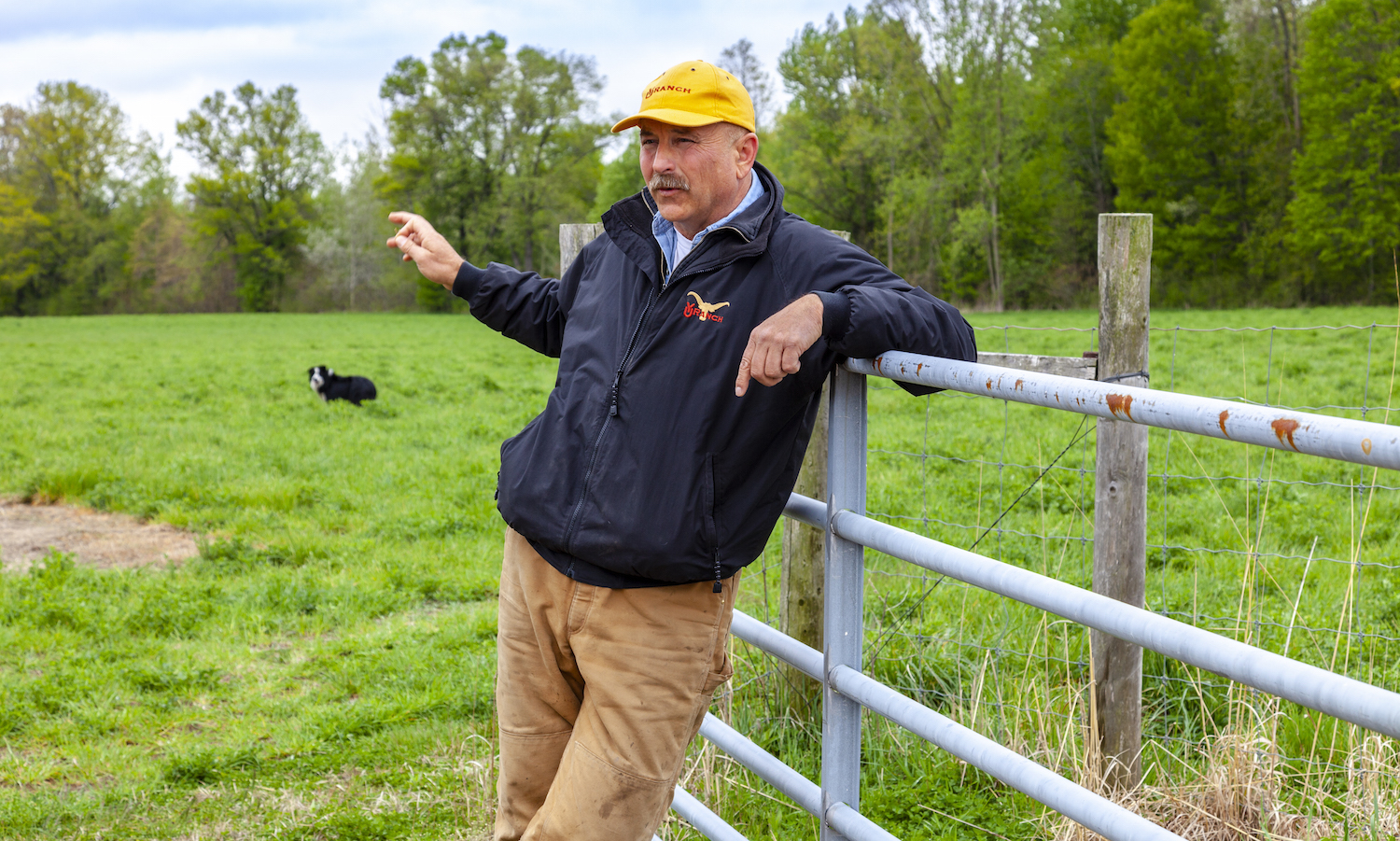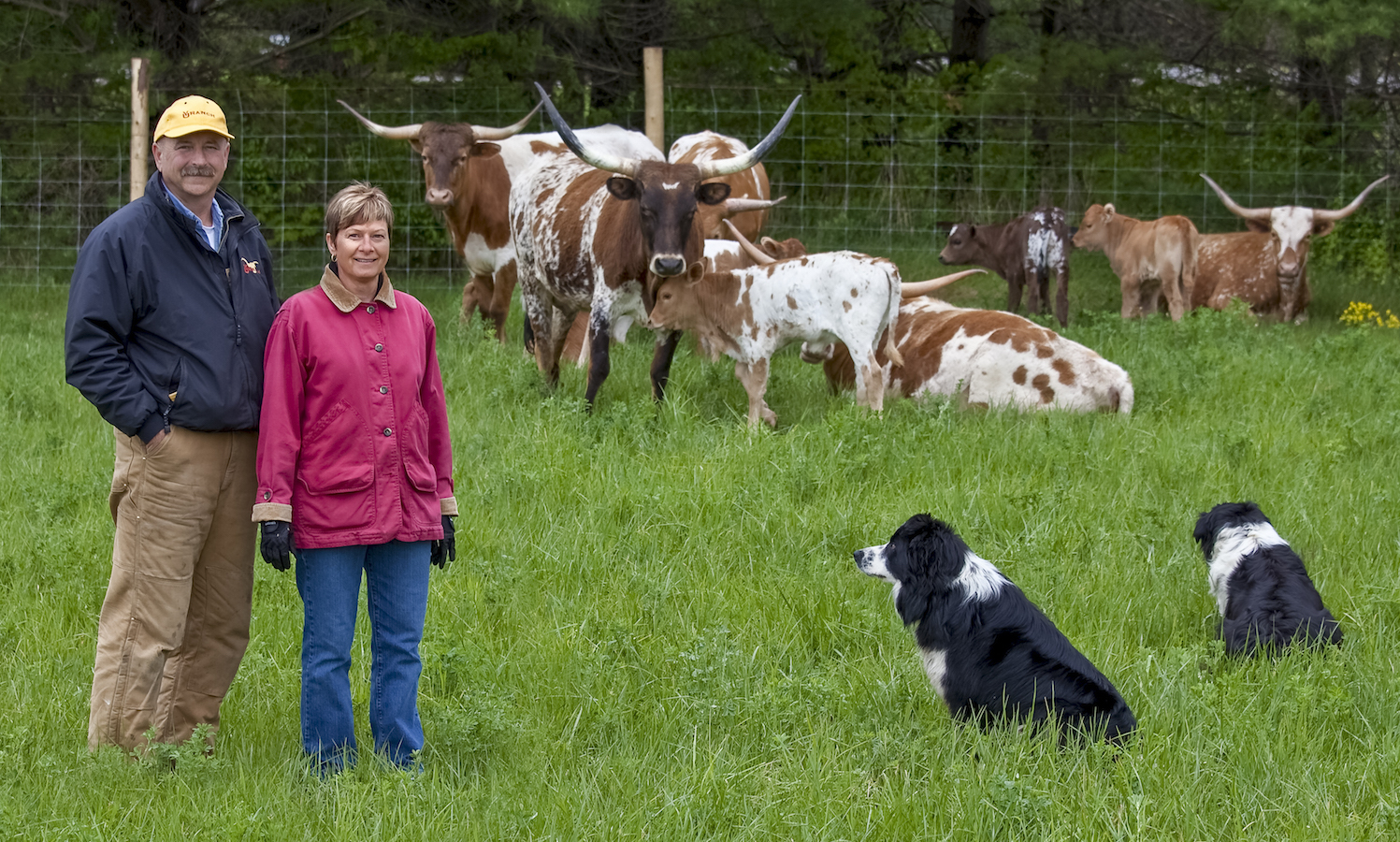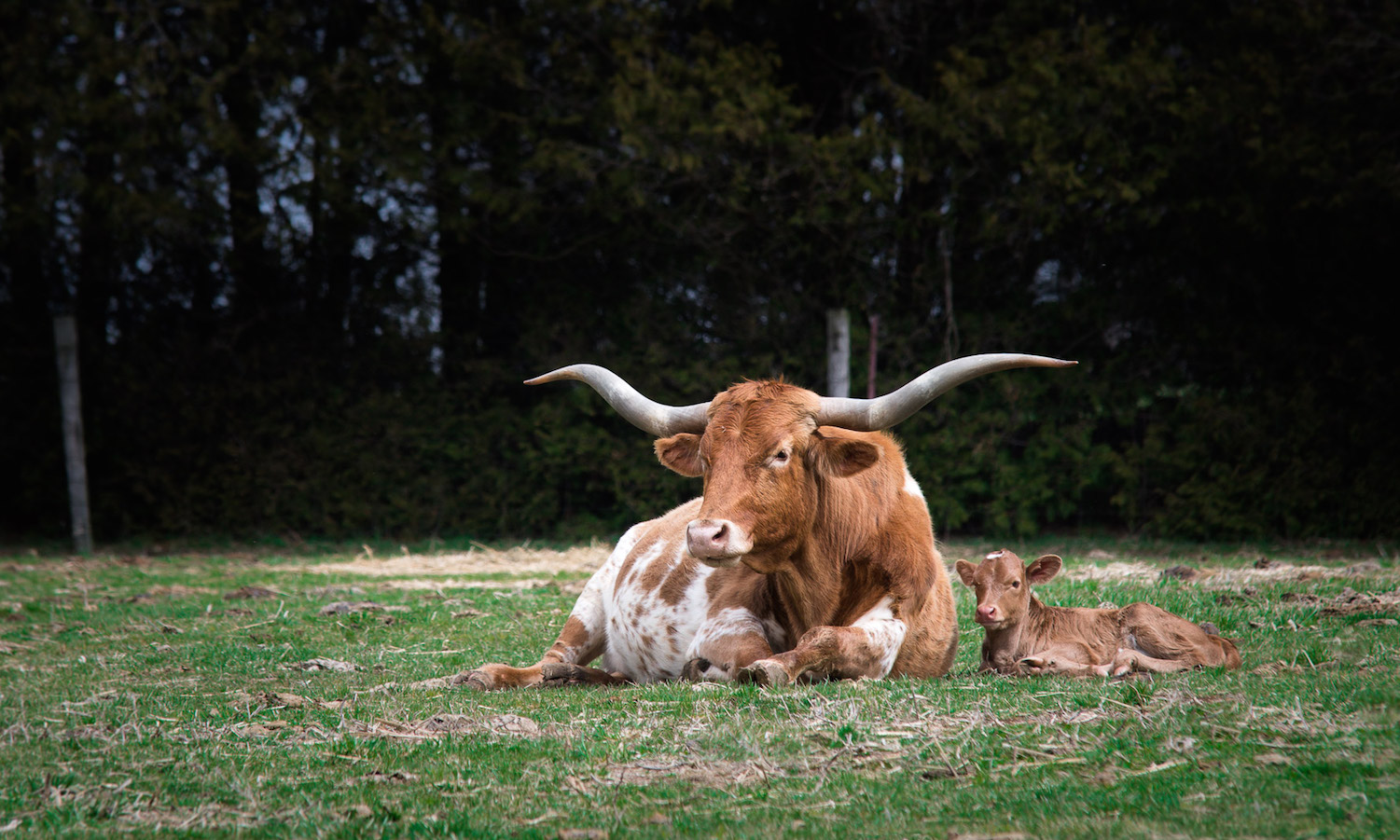Feeding the world while sustaining the health of the planet might be the most important challenge of this generation; success will require the participation of farmers and ranchers everywhere.
Only agricultural producers have the knowledge, the skills, and the land base to effectively regenerate the natural environment. And they can do it—I know, because I’ve been doing exactly that since 2006.
As a third-generation farmer and rancher in southwestern Ontario, Canada, my understanding of food, farming, and natural systems was influenced by my father and my father’s father. But after 13 years in the ALUS (pronounced Alice, as in Alice in Wonderland) program, I am living proof that modern-day farmers and ranchers can reconcile the need to produce food while also protecting the environment.
Through the looking glass
The path to understanding sustainable agriculture is different for everyone. My wife, Cathy, and I used to operate a tobacco farm on a sand plain in what is referred to as Carolinian Canada. We employed conventional farming methods until the industry’s decline forced us to rethink our business.
After visiting the great grasslands of the Flint Hills, in Kansas, I became intrigued with the vibrancy of the tallgrass prairie (TGP) ecosystem. But I didn’t understand that TGP was native to our area or how and why TGP made sense for our operation. Then, in 2005, I met Dave Reid.
A biologist who grew up on a Norfolk Country farm, not far from me, Reid had heard about a fledgling conservation program concept that was gaining traction with farmers in Manitoba, known as Alternative Land Use Services (ALUS).
My ears perked up as Reid explained that ALUS viewed farmers and ranchers as critical managers and producers of natural capital, or ecosystem services, such as cleaner air, cleaner water, and increased biodiversity.
As such, farmers and ranchers should be rewarded by the community with annual payments for enhancing or regenerating select parcels of their marginal or uneconomic land to increase their production of these services benefitting the community.
The specific features of each project would vary according to the type of land, but in every case, it would be farmers and ranchers who volunteer to produce and manage the projects.
Most importantly, the program would be delivered within a community context, where local Partnership Advisory Committees (PACs) would govern the decisions made, ensuring that projects are tailored for local conditions and that there is strong community buy-in.

Down the rabbit hole
Looking at all the options before us, Cathy and I decided to proceed with ALUS on our farm as the third participant farmers in what was then a Norfolk County ALUS Pilot program led by the Norfolk Farm Stewardship Council. Happily, we wound up establishing something we never saw coming: a new, multifunctional Texas Longhorn cattle ranch on our southern Ontario farm.
We already knew how to draw on nature’s assets to produce healthy and nutrient-dense food, but ALUS introduced us to a regenerative approach to land management. Our first ALUS project was to reestablish 48 acres of TGP on our land.
With its 12-to-16-foot-deep root system, TGP removes up to 1.5 tons of carbon per acre from the air each year. It is also a rare ecosystem that provides habitat for endangered species, such as the American badger and the Bobolink, a grassland bird that depends on grasslands for fledging its young.
Looking for other opportunities to establish ALUS projects on our land, we soon established Norfolk County’s first-ever flowering hedgerow. This is a mix of native flowering trees and shrubs planted along the edges of fields to provide important benefits for the farm as well as the environment—it helps reduce wind speed to prevent soil erosion and provides nesting habitat and food for some of our region’s 850 native species of pollinators.
Curiouser and curiouser
The results have been noteworthy: our organic soil content has increased by 50 percent; erosion and topsoil loss have been reduced; the amount of carbon that our land removes from the atmosphere has been greatly enhanced; unwanted pests have decreased thanks to the efficiency of native predators; and pollination has skyrocketed.
As it turned out, our TGP grasses, combined with our sandy soils, provided a reliable drought-season feed for our cattle. Not only that, but it also gave our beef a unique flavor. YU Ranch now offers a unique value proposition, with important brand benefits. We produce good food for our customers—and our definition of “good” includes environmental benefits for the community.
We have no regrets. In fact, we owe much of who we are today to that 2006 decision. Our new focus meant that, for us, there was life after tobacco.
The contrast between what we did then and what we do now could not be more stark. YU Ranch is now a living, breathing testament to the ambitions of our ancestors, one that also embraces a fresh vision of land stewardship.
Our relationship with the land has continued to transform over time. Each decision was our own, but the ALUS program supported our decisions both figuratively and financially, always asking something of us while respecting our autonomy, and our community.
Six impossible things before breakfast
Nearly 600 Canadian farmers and ranchers now participate in the ALUS program, having taken similar steps as Cathy and me. Now the CEO of ALUS Canada, I have had the privilege to connect with many of them through the process of enrolling almost 20,000 of their acres into the ALUS program.
Each ALUS farmer has a unique story, and listening to these stories has given me greater clarity on the approach that needs to be taken for agriculture to thrive into the future.
The solution is always local: it starts with engaging people where they live. Farmers and ranchers respond to their neighbors, such as ALUS Canada’s decisionmakers in 21 communities coast to coast.
Both solutions and agricultural producers also respond to market demands. What makes ALUS Canada’s approach so innovative is the fact that it creates a marketplace for ecosystem services. The ALUS program creates value for the natural capital produced on farms, sending land managers a clear signal.
The buyers in this marketplace are individuals, corporations, governments, or anyone with a desire to invest in cleaner air, cleaner water, and increased habitat for pollinators and wildlife.
ALUS creates a community of individuals who evolve in their decisionmaking together, and that decisionmaking is always properly supported by science. Through partnerships with leading academic institutions across North America, ALUS has become a fertile laboratory for research.
These partners collect data that demonstrate how ALUS projects are benefiting society, to optimize the effectiveness of program activities and to provide metrics on investment outcomes.

Imagination is the only weapon
A growing group of experts points to the conflict between agriculture and the environment as a classic market failure. In many countries worldwide, including my own, the expansion of agriculture is causing deforestation, lost biodiversity, desertification, and water stresses. I believe we can do better than that.
When markets are designed to improve agricultural producers’ livelihoods, and to support practices that contribute to a sustainable future, farmers and ranchers will respond.
When our peers and communities signal to us that we can do more to innovate, that we can provide important solutions, we will harness something even more powerful—farmers’ and ranchers’ optimism, and their entrepreneurial spirit.
Put those forces together, as ALUS does, and we will witness a massive transformation toward regenerative agriculture.
As a farmer and rancher myself, with 13 years in the ALUS Canada program, there is no question in my mind that it is the next generation of conservation.
Images courtesy of ALUS











